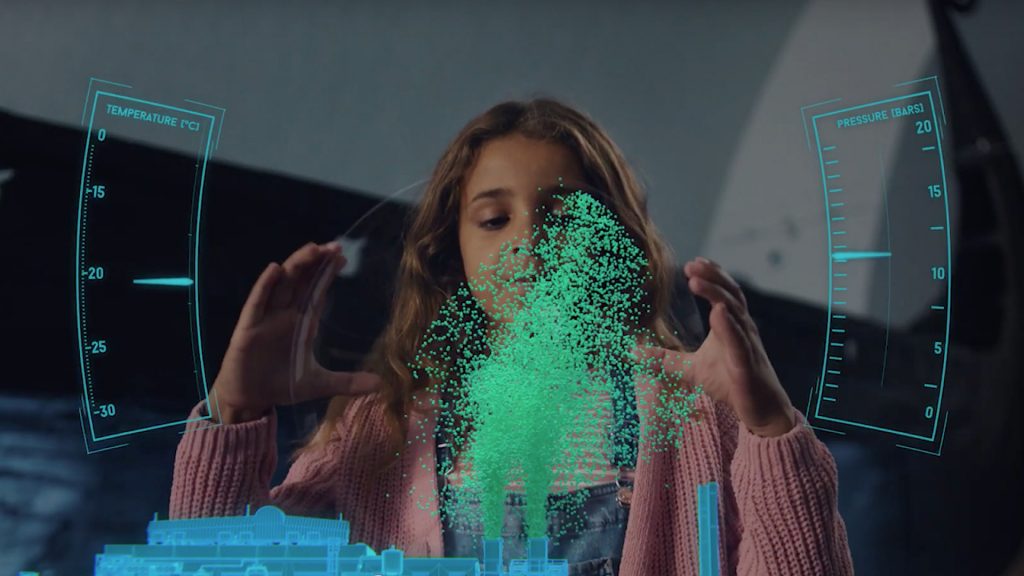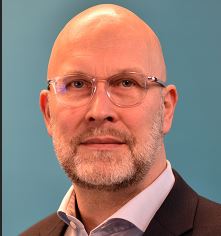Verification and demonstration of an advanced adsorption reactor for cost effective CO2 capture
Budget
12.1 MNOKCLIMIT Financing
52%Project number
621172Project partners
- • Caox AS
- • BIR AS
Project leader
SINTEF ASProject period
09/21-06/25Granted
15/06/2021Background
It will be essential to retrofit existing plants with CO2 capture in order to reach climate neutrality by 2050 without early decommissioning of valuable industrial assets. This, however, remains costly due to the high energy demand of conventional CO2 capture technologies, which requires complex and costly retrofits to extract heat from the host process or additional capital and operating costs for heat generation when sufficient heat is not available.
To solve this challenge, SINTEF Industry has developed the Continuous Swing Adsorption Reactor (CSAR) concept. CSAR employs a synergistic integration of heat- and vacuum pumps to facilitate highly efficient CO2 capture using only electricity as input. This significantly simplifies the retrofitting process, since no heat is required. Techno-economic assessments have shown the potential of the technology for applications with limited waste heat, e.g. cement plants, or applications where heat is a valued product, e.g. combined heat-and-power plants, but the technical feasibility of the technology remained to be demonstrated.
Goal
The primary goal of the project was to demonstrate the technical feasibility of the CSAR concept at pilot scale. The main technical challenge that had to be addressed was the reliable circulation of the adsorbent powder between two fluidized bed reactors operating at different pressures. A system of lock hoppers and valves was proposed to meet this challenge, but this solution remained to be experimentally validated. Sorbent desorption with synergistically combined heat and vacuum pumps presented another novelty to be demonstrated, although with higher confidence because heat and vacuum pumps are commonly used technologies. After successful demonstration of the concept, the second goal was to prepare the technology for further scale-up and commercialization.
Activities
To achieve the project goals, the following project activities were performed:
• A CSAR pilot for capturing 100 kg of CO2 per day was designed, constructed and commissioned.
• Operation of the CSAR pilot was optimized in a laboratory environment with an artificial flue gas.
• The CSAR pilot was demonstrated to capture CO2 from a real waste-to-energy flue gas.
• Computational fluid dynamics (CFD) and 1D phenomenological models were developed to contribute to design optimization, scale-up and economic assessments.
• A detailed design was developed for a 3-ton CO2 per day demonstration plant, techno-economic assessments for CO2 capture from a waste to energy plant were updated and a market survey was performed to assess the commercial opportunities for the technology.
Results
The main working principles of the CSAR technology were successfully demonstrated in the pilot, showing that reliable solids circulation is possible and CO2 capture could be achieved will only energy inputs to the heat- and vacuum pumps. Optimization of the pilot operation revealed design factors limiting the pilot performance to 50 kg CO2 per day at ~85 % capture efficiency and ~60% purity. However, the origins of these performance limitations are well understood, and solutions were subsequently proposed for implementation in a follow-up project.
The pilot was subsequently moved to the BIR waste-to-energy plant in Bergen, Norway, where a TRL6 demonstration was successfully performed for 100 hours of operation. Similar performance was achieved as with an artificial flue gas and a statistically meaningful deactivation of the sorbent during the campaign could not be detected. A techno-economic assessment of CSAR applied to CO2 capture from a waste-to-energy plant was subsequently updated, indicating that the technology remains competitive, even if current performance limitations cannot be resolved.
Further Work
The performance limitations in the pilot are being addressed in an ongoing EU project, CAPTUS, aiming to reach 100 kg/day CO2 capture at capture efficiencies and purities above 90%. The pilot will then be moved to Spain in 2026 for a 1 000-hour demonstration of capturing CO2 from a cement plant.
Simultaneously, SINTEF is collaborating with Caox AS, a Norwegian technology company that owns the global commercial license to CSAR, on the further scale-up of the technology. The aim is to apply for funding in 2026 to finance a demonstration at 3-5 ton CO2 per day, based on the detailed engineering design completed in the project.
Publications
(1) Cloete, J. H.; Geurts, R.; Cloete, S.; Tang, Y.; Zaabout, A. Developing a Novel Approach for Modelling Particle-Wall Heat Transfer in Fluidized Bed Reactors for CO2 Capture. 24th Fluidized Bed Conversion conference; Gothenburg, Sweden, 2022. bit.ly/3aaO4t7
(2) Cloete, S.; Dhoke, C.; Bonalumi, D.; Morud, J.; Giuffrida, A.; Romano, M. C.; Zaabout, A. Prospects of the Novel CSAR Concept for Fully Electric or Flexible Electric–Thermal Hybrid CO2 Capture from CHP Plants. Energy & Fuels, 2023, 37 (16), 12030–12044. https://doi.org/10.1021/acs.energyfuels.3c00885.
(3) Cloete, S.; Giuffrida, A.; Romano, M. C.; Zaabout, A. Heat Pump-Driven Adsorption CO2 Capture for Simple and Cost-Effective Retrofits of Coal Power Plants. Applied Thermal Engineering, 2024, 236, 121456. https://doi.org/10.1016/j.applthermaleng.2023.121456.
(4) Cloete, J. H. Design, Development and Demonstration of a Pilot Continuous Swing Adsorption Reactor (CSAR) for Electrified, Post-Combustion CO2 Capture. 13th Trondheim CCS Conference (TCCS-13); Trondheim, Norway, 2025. 10.13140/RG.2.2.18659.67365.


